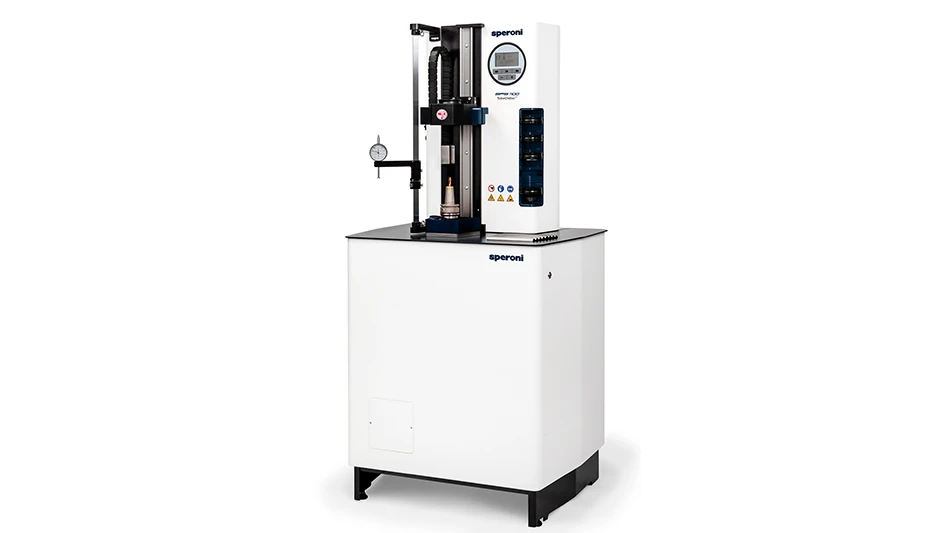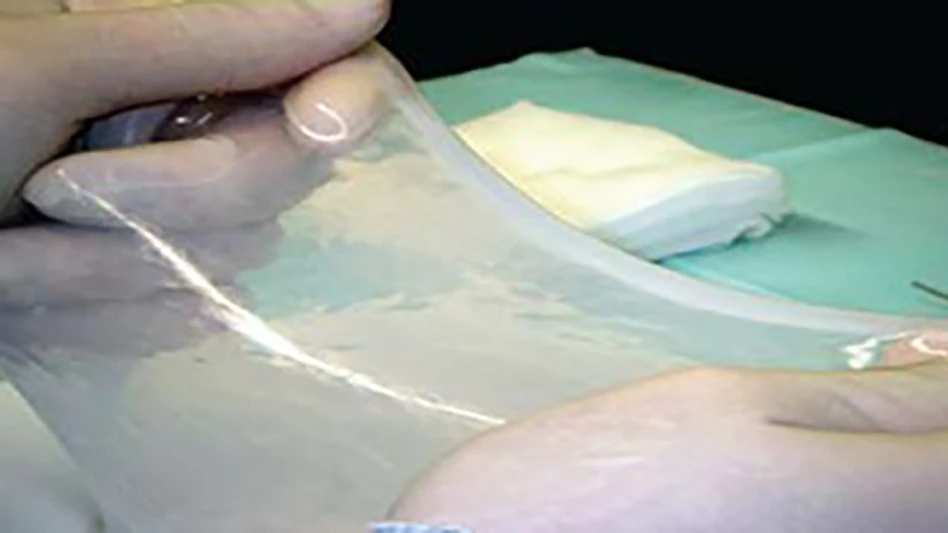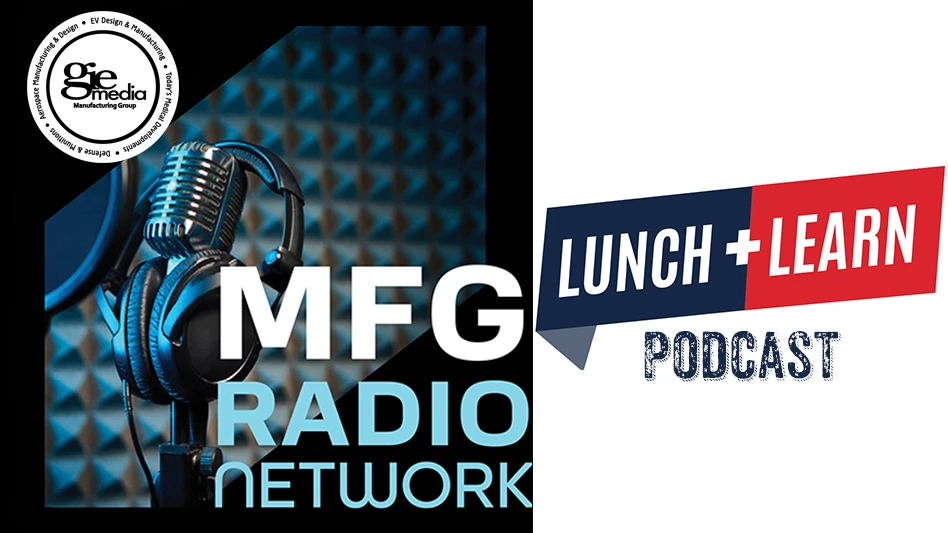 Bluetooth connectivity to allow clinicians to wirelessly and securely transfer sounds to a PC and onto another physician’s Littmann Model 3200 using the 3M Littmann Scope-to-Scope Software. Stethoscopes are a basic tool for all healthcare providers – from emergency responders and physicians’ assistants to nurses and doctors. Since its invention, the sound quality has always been the most important aspect of the device. Healthcare providers need to hear heart, lung, and body sounds clearly to make a correct diagnosis or detect a sound that needs further evaluation.
Bluetooth connectivity to allow clinicians to wirelessly and securely transfer sounds to a PC and onto another physician’s Littmann Model 3200 using the 3M Littmann Scope-to-Scope Software. Stethoscopes are a basic tool for all healthcare providers – from emergency responders and physicians’ assistants to nurses and doctors. Since its invention, the sound quality has always been the most important aspect of the device. Healthcare providers need to hear heart, lung, and body sounds clearly to make a correct diagnosis or detect a sound that needs further evaluation.
3M Littmann Stethoscopes, long considered the gold standard, are well known for the sound quality they provide. Continued advances in technology created an opportunity to improve and offer new functionality to this basic medical instrument. In 1999, 3M Littmann Stethoscopes introduced its first electronic stethoscope. Over the past decade, 3M Littmann product development teams have continued to refine the electronic models into a high quality versatile medical instrument chosen by practicing clinicians.
With state-of-the-art amplification and filtering systems in an ergonomic design, the 3M Littmann Electronic Stethoscope Models 3100 and 3200 are exceptional tools for all auscultation requirements. These electronic stethoscopes are specially designed to pick-up difficult-to-hear heart and other body sounds. The chestpiece houses the electronic stethoscope’s innovative technology, which now offers up to 24 times the amplification of a Littmann cardiology-grade stethoscope. Both electronic models feature proprietary ambient noise reduction technology, eliminating up to 85% of distracting background noises without filtering out critical body sounds. The Littmann electronic stethoscopes were designed with enduser feedback and do not require the physician to significantly alter their traditional auscultation skills to use it. The Littmann Electronic Stethoscope Model 3200 – the most advanced Littmann stethoscope – also offers the ability to record and playback up to 12 tracks of audio and uses Bluetooth connectivity to allow clinicians to wirelessly and securely transfer sounds to a PC and onto another physician’s Littmann Model 3200 through the use of the 3M Littmann Scope-to-Scope Software.
“We worked with our customers – physicians, nurses, clinicians, and other healthcare providers – to optimize the user interface. We made it easy to use, lightweight, and with the sound quality they expect from Littmann stethoscopes coupled with additional connectivity and features,” says Craig Oster, senior technical manager for Littmann stethoscopes.
Connectivity and Littmann stethoscope innovation is making it possible for a doctor in Rochester, MN, to hear the heart of a patient in Arizona – in real-time. Telemedicine is one area that has grown due to advances in technology. The American Telemedicine Association defines telemedicine as, “The use of medical information exchanged from one site to another via electronic communications to improve patients’ health status.” The need for telemedicine is underscored by a shortage of healthcare professionals in the United States and the increase in the U.S. population (estimated growth of 20% between 2008-2030).1 Telemedicine allows for better access to specialists and specialty care without the expense or hassle of travel. Telemedicine is positioned to help drive down cost while providing better care to more people. The Littmann stethoscope team identified opportunities to utilize electronic stethoscope technology, enhance it with more connectivity, and provide a better tele-auscultation experience for both sides of the telemedicine equation.
| 1 Comparison by trained Cardiologists of the 3M™ Littmann® Model 3000 Electronic Stethoscope with Ambient Noise Reduction to the 3M™ Littmann® Cardiology III™ Stethoscope for the detection of recorded third heart sounds (S3) in the presence of simulated ambient noise. Comparison by cardiologists of the 3M™ Littmann® Electronic Stethoscope Model 3000 with Ambient Noise Reduction to the 3M™ Littmann® Cardiology III™ Stethoscope for detection of recorded murmurs in the presence of simulated ambient noise. 70-2009-7406-4 Comparison by critical care nurses of the 3M™ Littmann® Electronic Stethoscope Model 3000 with Ambient Noise Reduction to the 3M™ Littmann® Cardiology III™ Stethoscope for detection of recorded lung sounds in the presence of simulated ambient noise. 70-2009-7405-6 http://solutions.3m.com/wps/portal/3M/en_US/Littmann/stethoscope/tele-auscultation/scope-to-scope/system-overview/ |
As with in-person auscultation, tele-auscultation hinges on sound quality. The better the sound quality, the more likely an auscultating physician, or remote consultant, will be able to detect difficult-to-hear heart, lung, and body sounds. In addition, the better the ability to diagnose, remotely, the more likely tele-auscultation becomes standard therapy practice. The Littmann Scope-to-Scope Tele-Auscultation System has broken through the sound quality barrier, transforming the tele-auscultation experience for both sites.
Until now, inadequate sound quality and a complex set-up process, requiring many pieces of equipment, limited tele-auscultation. The Littmann Scope-to-Scope Tele-Auscultation System eliminates these issues with an FDA-cleared, user-friendly package which includes a software CD and Littmann Model 3200 stethoscope. By basing the system off the Littmann Model 3200 stethoscope, it allows healthcare providers to use the same stethoscope for day-to-day patient care and telemedicine exams.
In multiple comparison studies, healthcare providers indicated it was easier to hear certain abnormal heart and lung sounds with 3M Littmann Electronic Stethoscope Model 3000 series than with traditional, non-electronic cardiology stethoscopes. Paired with cutting-edge software, the digitally captured sound of a patient can now be sent across a secure data network to another medical professional using a Littmann Model 3200 stethoscope at a remote site in real time. Using the Bluetooth enabled Littmann Model 3200 stethoscope at both sites allows the physician to hear the exam as if they were performing it themselves. This was a critical component for the design team. Littmann stethoscopes are known for exceptional sound quality, and the team had to figure out how to keep this quality intact.
As Bluetooth technology emerged and caught on with consumers, the development team realized the potential for it within the electronic stethoscope and telemedicine space. During the development of the Littmann Model 3200 stethoscope, Bluetooth technology was added. From there, the team enabled the Bluetooth technology to send, wirelessly, the sound to the software. Algorithms calculate and ensure the sound transmission is identical and the sequencing is the same. The system is sophisticated enough to detect and display network and wireless transmission issues via the user interface of the software.
“We built a lot of quality service metrics into the software to ensure the data sent across the internet is identical on both ends,” explains Curt Morgan, 3M Littmann, stethoscope software development lead on the project. “We also added a visual element to the PC screen that provides the physician confidence that the sound quality is 100%.”
The consultant can also guide the auscultating clinician using a talk-through feature. This communication feature was developed because of the Littmann stethoscope team observing doctors and nurses in action. It allows the consulting physician to talk through the chest piece of the Littmann Model 3200 stethoscope, and the auscultating clinician hears it in their ear tips, privately. For remote sites, this provides greater opportunities to conduct a very in-depth exam identical to the way a consulting physician would do it in their own office. It is no longer necessary to remove the stethoscope to communicate or use a personal computer’s speaker system, which reduces the amount of equipment needed by both sites – no more headphones, just the stethoscope and the clinician’s existing computer.
“With the talk-through feature, the Littmann Scope-to-Scope Tele-Auscultation System allows the consulting physician to communicate privately and without alarming the patient. And by eliminating additional equipment, it has streamlined the entire operation,” Oster adds.
Another aspect of the system is that the software is user-friendly and installs in minutes, built on a Microsoft platform and usable by a PC. The auto-detection technology makes it easy to perform the one-time set-up of Bluetooth connection between stethoscope and software.
All data is encrypted to provide secure transmission from site to site. With patient privacy issues, this was a must-have in the system set up to provide customers the highest confidence.
Littmann stethoscopes followed a defined methodology for product design and development. The Littmann Scope-to-Scope Tele-Auscultation System stayed fairly close to the original idea throughout this process, which allowed the team to move quickly from idea to filing the 510K with the FDA, roughly 10 months.
In 2010, the Littmann Scope-to-Scope Tele-Auscultation System was evaluated in a clinical study at North Country Healthcare in Flagstaff, AZ. Led by Dr. Eric Henley, the team at North Country had been building a significant telemedicine network, which includes 13 sites across the state. During their initial start up, Dr. Henley found certain telemedicine equipment was readily available, such as cameras and otoscopes, but was struggling to identify a system that allowed for a quality auscultation with a remote clinic. “We conducted the clinical trial of this system, and it has provided us with exactly what we needed – exceptional sound quality and the tools we needed to replicate an auscultation as we would if we were seeing the patient in our offices,” Henley states. “Our staff appreciates the ability to use our digital stethoscope for tele-auscultation and to communicate directly through the scope as well.”
Littmann stethoscopes received FDA clearance in September 2010 and began selling the software system in November. Numerous organizations have begun utilizing the system to provide better patient care no matter how many miles separate the patient from the physician.
3M
St. Paul, MN
3m.com/littmann
Bluetooth is a registered trademark of Bluetooth SGI Inc. 3M and Littmann are registered trademarks of 3M.

Explore the May 2011 Issue
Check out more from this issue and find your next story to read.
Latest from Today's Medical Developments
- Teleflex sells acute care and urology businesses for $2.03 billion
- HANNOVER MESSE: Where research and manufacturing meet
- What’s next for the design and manufacturing industry in 2026?
- Arcline to sell Medical Manufacturing Technologies to Perimeter Solutions
- Decline in German machine tool orders bottoming out
- Analysis, trends, and forecasts for the future of additive manufacturing
- BlueForge Alliance Webinar Series Part III: Integrate Nationally, Catalyze Locally
- Robot orders accelerate in Q3





